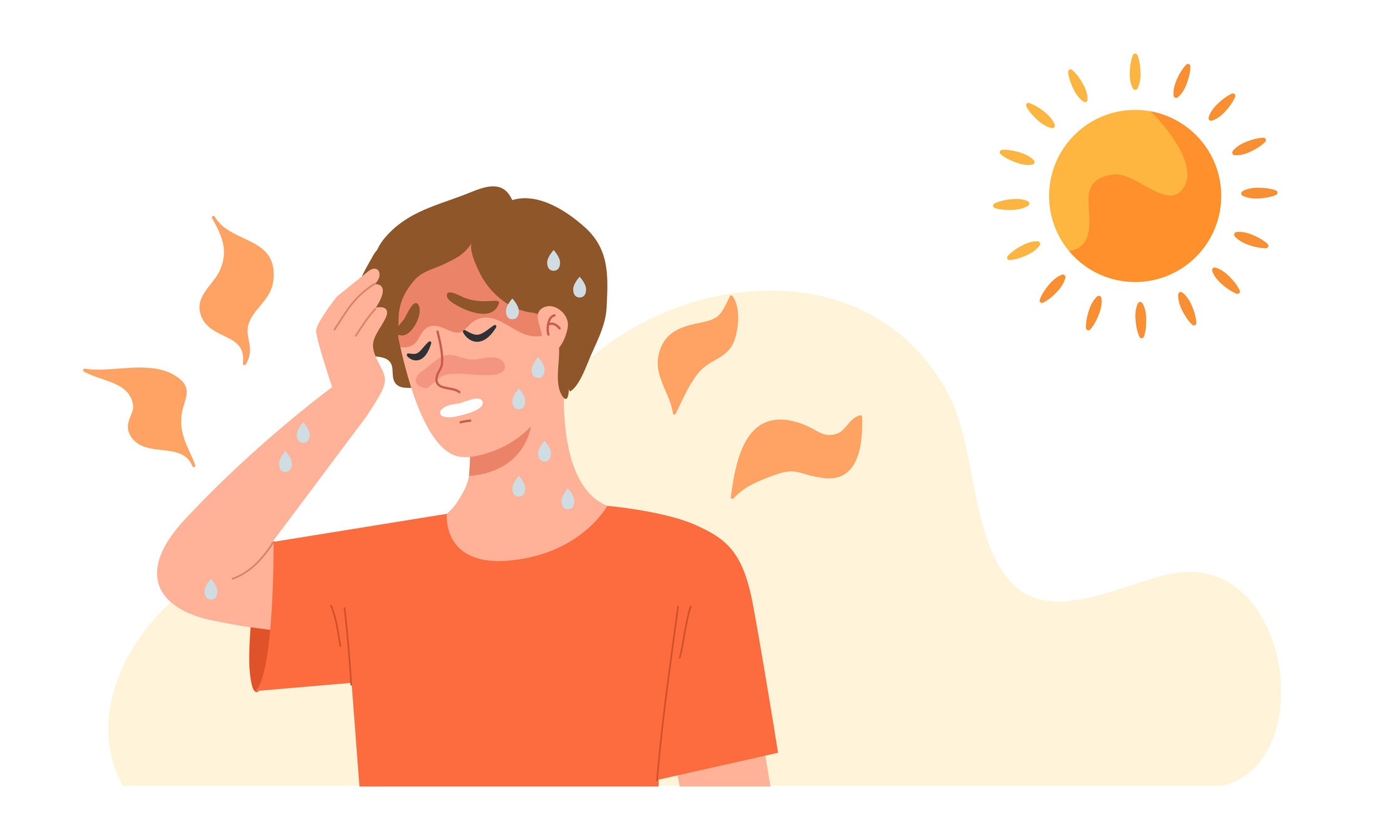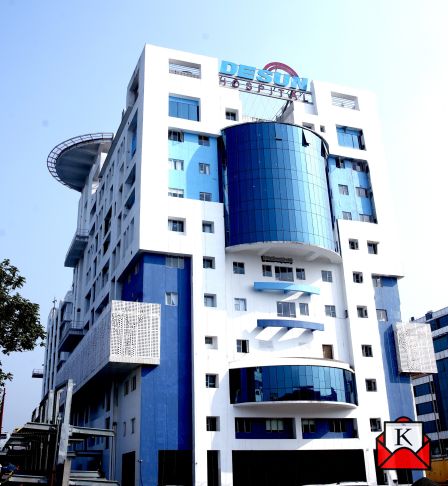Important Tips To Prevent & Recognize Heat Stroke


As temperatures rise, the risk of heat stroke, a severe heat-related illness, becomes increasingly prevalent. Heat stroke manifests as a dangerous increase in body temperature, often exceeding 104°F (40°C), and is accompanied by symptoms like dizziness, rapid heartbeat, and dry, hot skin. It occurs when the body’s natural cooling mechanisms fail to regulate temperature in hot and humid conditions adequately.
Dr. Subhasish Ghosh, Consultant General Medicine at Desun Hospital, emphasizes the importance of awareness and preventive measures in combating heat stroke. “Heat stroke is a serious condition that can have devastating consequences if not addressed promptly. Recognizing the signs and symptoms is crucial, as early intervention can save lives. It’s imperative to stay hydrated, wear appropriate clothing, and avoid prolonged exposure to extreme heat” said Dr. Ghosh.
Recognizing the signs and symptoms of heat stroke is crucial for timely intervention. These may encompass a high body temperature surpassing 103°F (39.4°C), a rapid pulse, headaches, nausea, vomiting, dizziness or confusion, and hot, dry skin when sweating ceases. Identifying these indicators promptly enables individuals to seek appropriate assistance and mitigate the potentially severe consequences of heat stroke.
Prevention Strategies: It is vital to prioritize preventive measures to mitigate the risk of heat stroke. We strongly encourage individuals to:
– Maintain hydration levels by drinking ample water throughout the day.
– Opt for lightweight, breathable attire and seek shade when spending time outdoors.
– Refrain from engaging in strenuous activities during peak heat hours.
– Never leave children, pets, or anyone else unattended in parked vehicles.
– Regularly check on vulnerable populations, such as the elderly and those with chronic medical conditions, to ensure they remain cool and well-hydrated.
Prompt action is imperative in cases of suspected heat stroke. Immediately contact emergency services and relocate the affected individual to a cooler, shaded area. Efforts to lower their body temperature should commence, utilizing techniques such as applying cool, wet clothes or submerging them in a cool bath. Vigilant monitoring of their condition is essential until professional medical assistance arrives, ensuring optimal care and management of the situation.
About the author- Dr. Subhasish Ghosh, Consultant General Medicine at Desun Hospital
